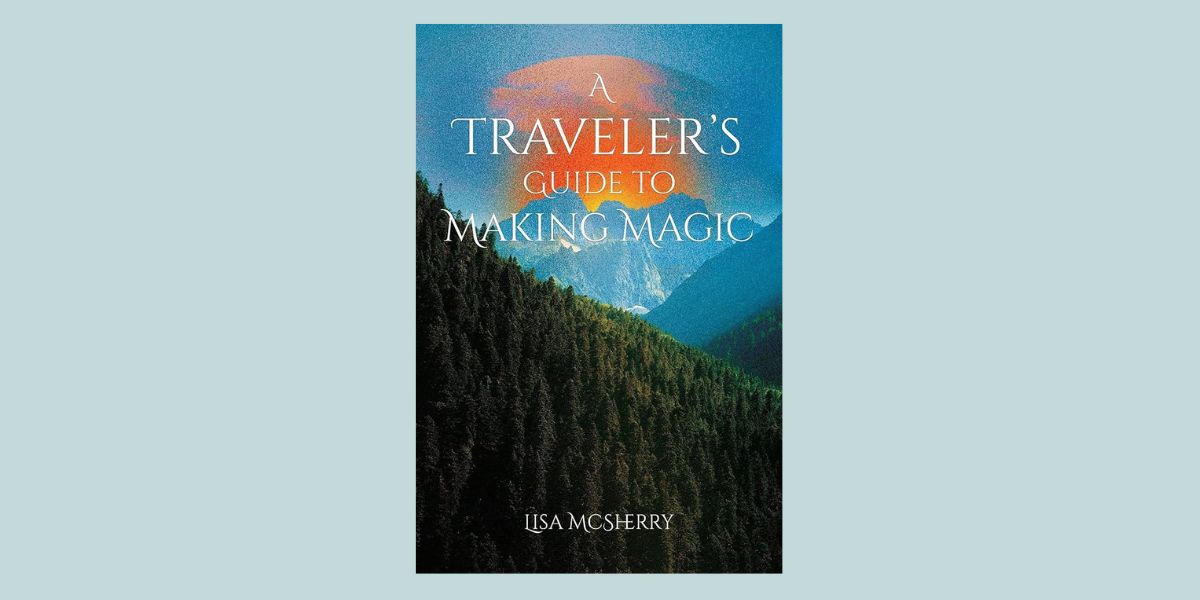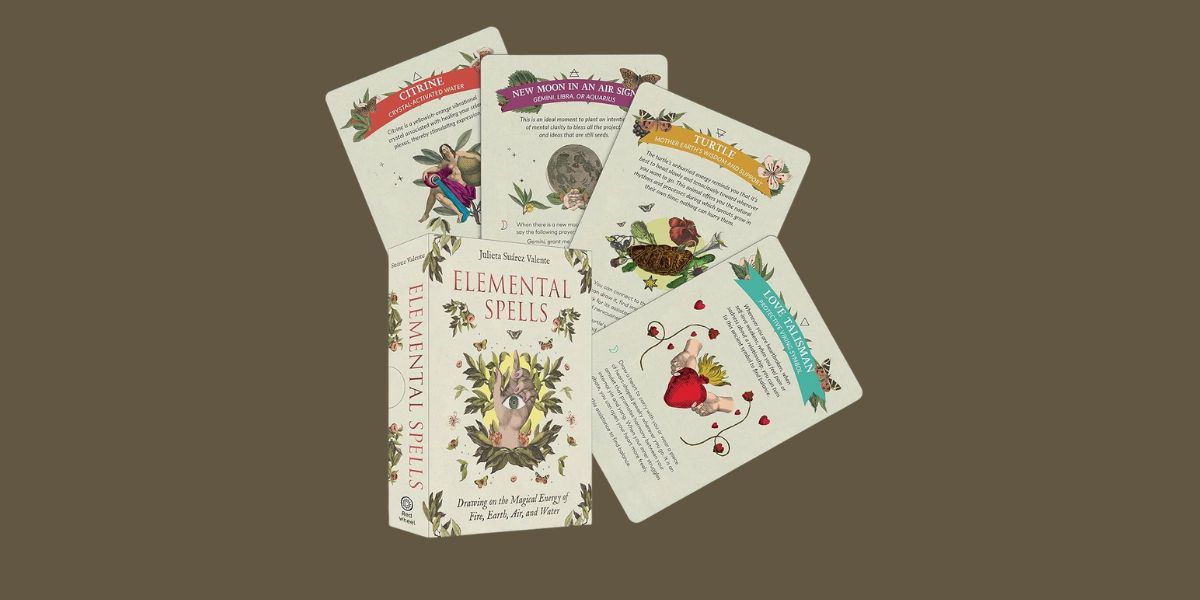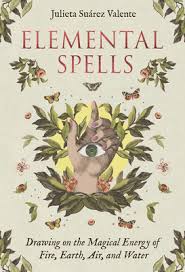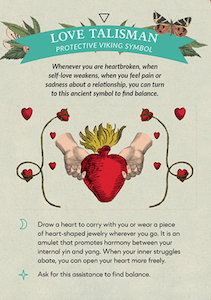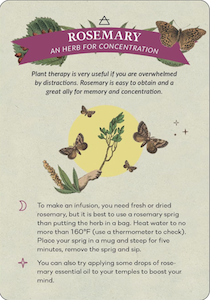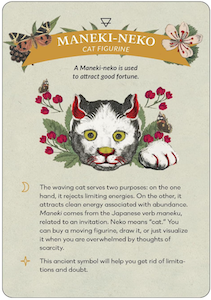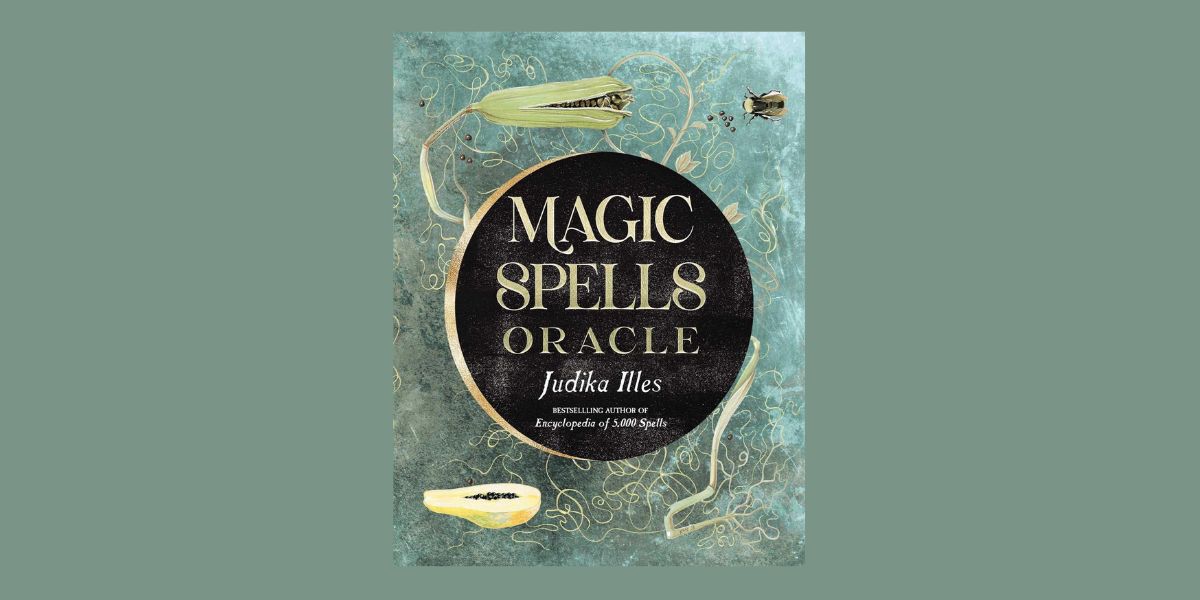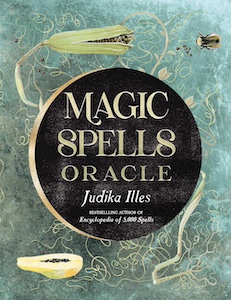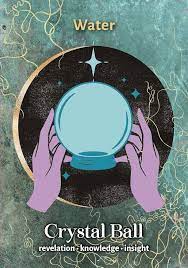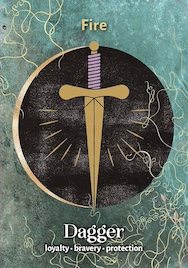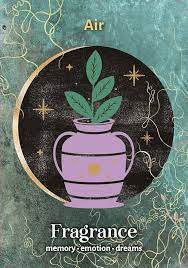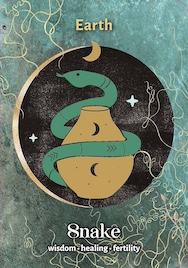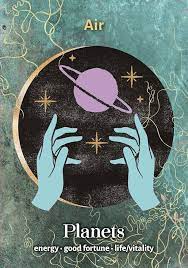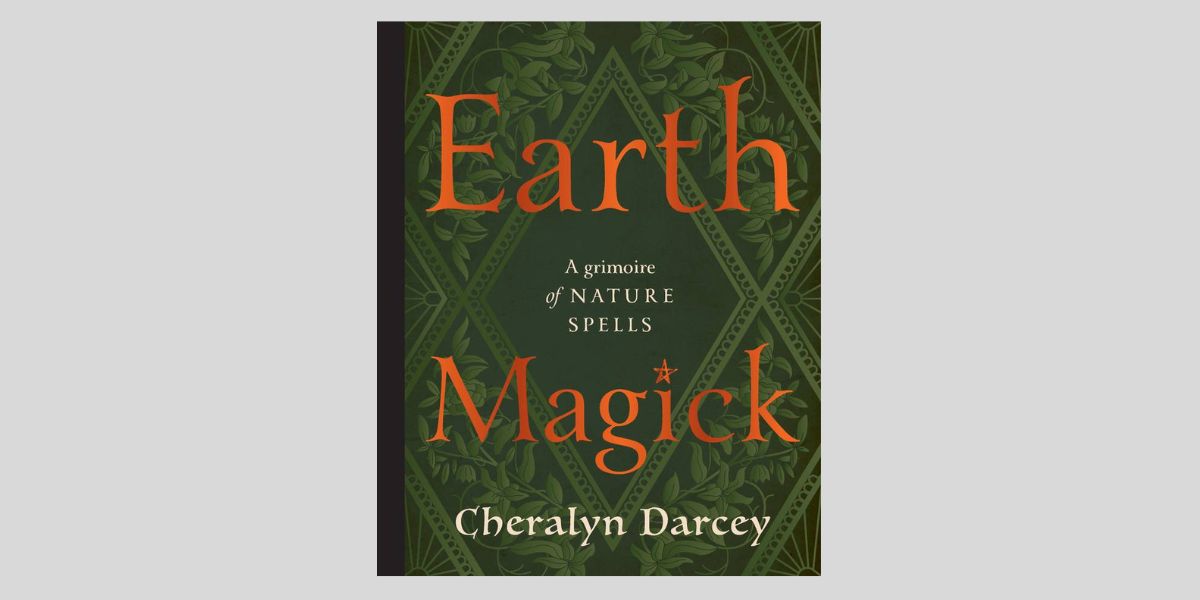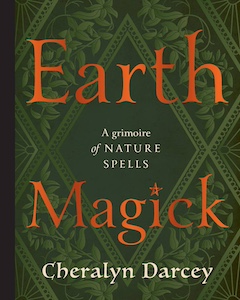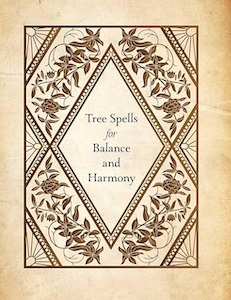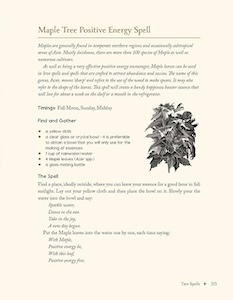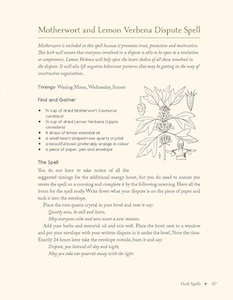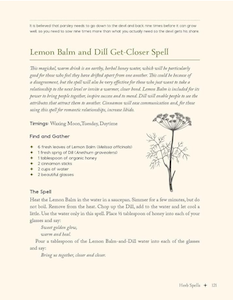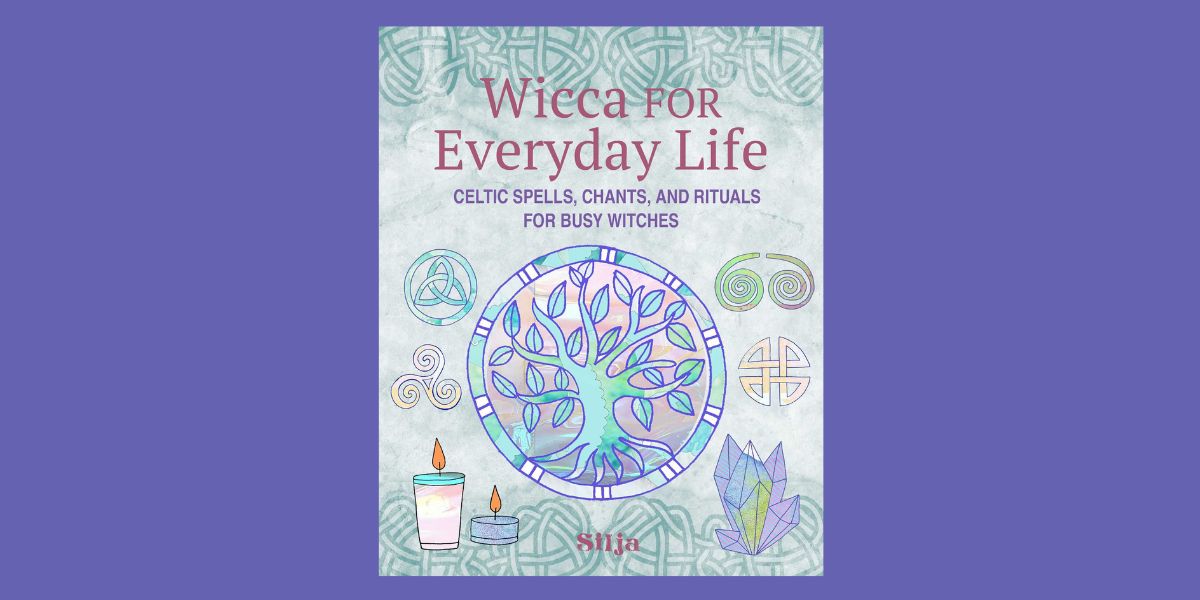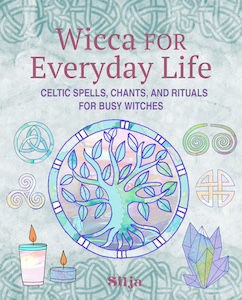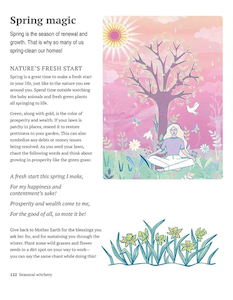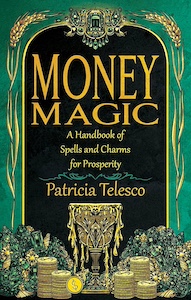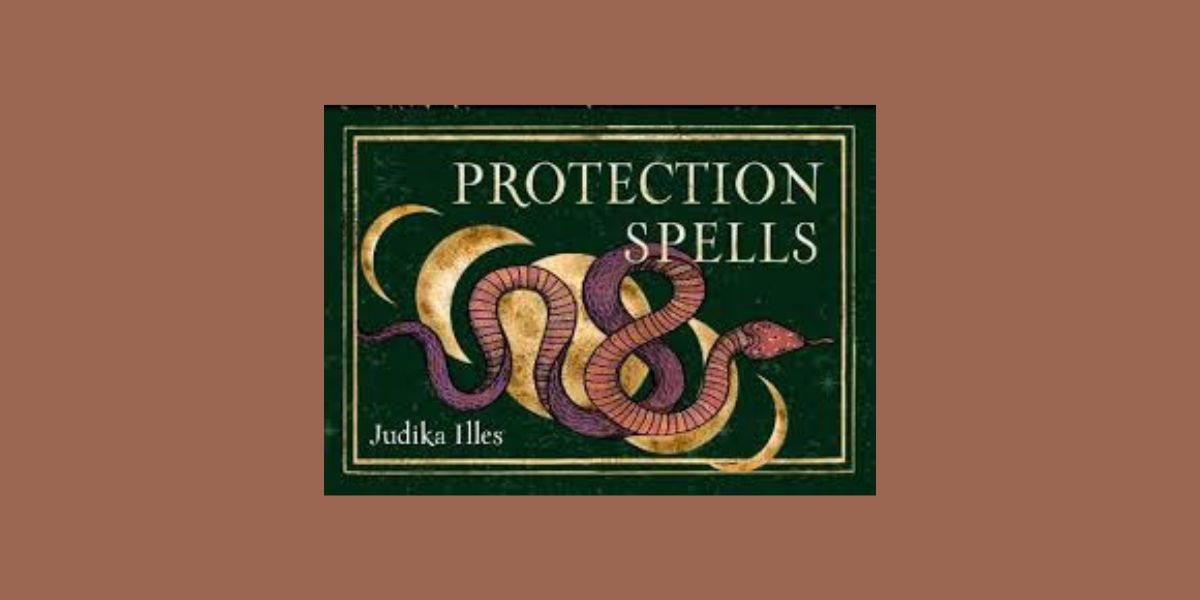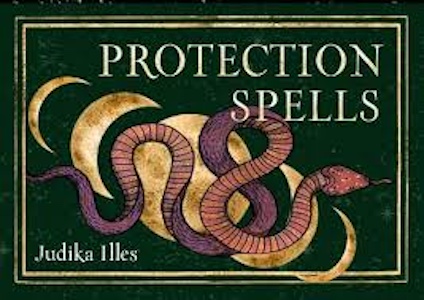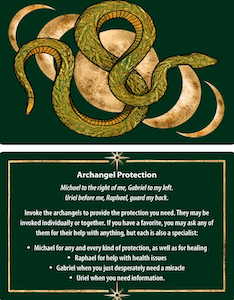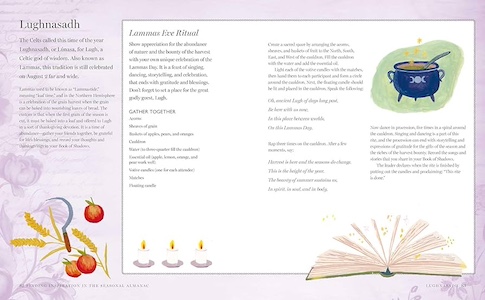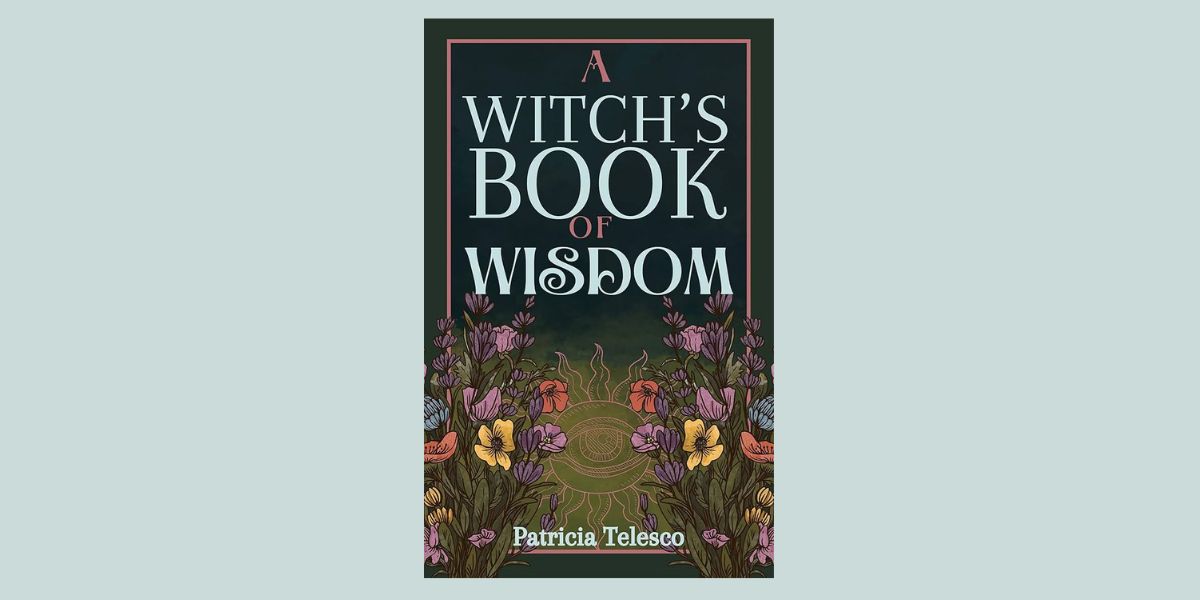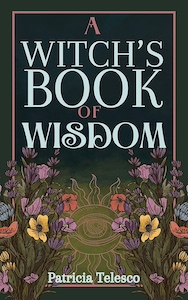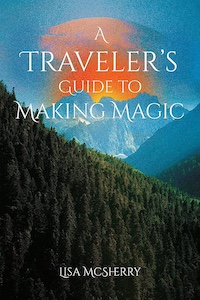
A Traveler’s Guide to Making Magic, by Lisa McSherry
Crossed Crow Books, 1964537460, 220 pages, September 2025
Travel is a journey through thresholds, both seen and unseen. Every new landscape, culture, and experience becomes a portal, inviting us to step outside the familiar and into the realm of possibility. In these liminal spaces, where the routines of daily life are left behind, magic finds fertile ground to awaken. A Traveler’s Guide to Making Magic by Lisa McSherry teaches that travel itself is a magical act, offering endless opportunities to adapt our practice, expand our awareness, and discover parts of ourselves we may never have met without crossing those borders.
I’ll admit that I started this book feeling disenchanted with travel, a rare feeling for this Sagittarius moon. For the past year, I’ve been studying astrocartography, which over time transformed locations worldwide, rich with their own culture, traditions, and history, into astrological lines on a map. Focusing on the technicality of my readings diminished the more intuitive resonance I usually felt when thinking about traveling to faraway places.
For all the talk of travel in the astrocartography circles I’m in, no one seemed to really be addressing the actual experience of traveling, especially for magically-minded folks. It felt more like people were thinking in terms of what a location can offer them based on astrology (Where can I go to find the right job? What location will bring love?) rather than how they could open themselves up to fully experience the depth of location, embracing the genius loci.
And it’s for this reason that McSherry’s keen insights, practical advice, and magical know-how in A Traveler’s Guide to Making Magic were an absolute breath of fresh air! This, THIS, is the book that I was craving and needed to reignite my love for seeing and experiencing new places, especially while keeping my magical practice flowing and open to new revelations. McSherry has created a wonderful guide for those who are seeking to keep their practice alive, grounded, and meaningful while traveling that also includes the reality of travel (delayed flights, packing, being aware of other culture’s attitudes towards magic, ecological impact, etc.).
The beginning of the book really lays the foundation for the spells that come later. In her introduction, McSherry shares her view on magic, sharing that she perceives it “as a spiritual practice rooted in transformation, awareness, and responsibility.”1 She offers resources to plan sustainable travel, emphasizing the need to respect the ecology, limit one’s impact, and support local businesses that are sustained by tourism rather than larger chains that tend to be more exploitative. This was a great overall reminder of the need to center our travel within our belief systems, ensuring we are respecting the land and people we choose to visit.
The first two chapters cover the basics of magic and correspondences. McSherry covers the four main steps in her model of magic–intent, creation, raising, and sending–along with energy work, breathwork, and sympathetic magic. Then the next chapter on correspondences is packed with useful bullet-point lists and tables. The information McSherry provides is thorough! She provides lists of correspondences for animals, colors, metals, plants, seasons, stones, and tarot cards. Then there’s tables for the four elements, planets (yes, including Pluto!), and playing card meanings. For those traveling, this chapter is perfect for quick reference!
Now that readers have the basics of magic down, McSherry focuses on preparing to travel. This is one of the longer chapters in the book, which I appreciate because I feel preparation is key for a successful journey. From deciding where to go to picking out how to actually spend your time in that place, McSherry offers both pragmatic and magical guidance.
She teaches how to leave offerings at sacred sites and communicate with the divine both while planning and once at your destination. For those in need of inspiration, she shares lists of sacred places around the world, along with a spell to manifest the travel desired. She goes in-depth about what to pack, even including types of packing storage and good-to-have items. This chapter definitely grounds the travel experience both magically through intention and realistically with the material items needed to make it as smooth as possible.
The remaining chapters focus on the actual travel experience. McSherry has a chapter on magical tools, guardian spirits and deities, locational magic, and spells and charms. There’s guidance on creating signals, enchanting one’s clothing, creating a portal ritual kit, along with elemental spells for connecting with air, earth, wind, and fire within a landscape. The list of travel deities is quite long, and readers are sure to find one that feels aligned with their energy while traveling.
For those a bit hesitant or nervous to travel, rest assured McSherry provides lots of spells for protection and safe travels. There’s a whole section called “Don’t Panic! Coping With (Inevitable) Trouble” where she teaches how to make due with common items (soap, mints, matches, napkins, etc.) for magic-on-the-go. McSherry offers ideas for a DIY first aid kit that can all fit within a prescription pill bottle to keep handy. And she even shares the phone number to contact the U.S. State Department, if needed, along with a list of specific scams to avoid and safety measures to take in case your belongings are stolen or lost.
The many specific spells and charms even further amplify readers’ magical protection. McSherry has spells for overcoming anxiety, clear communication, charm bags, vehicle protection, and multiple for safe travel and travel success. Plus, spells to manifest travel and divine where is best to go.
The final chapter, “Travel is a State of Mind”, reminds readers that you don’t have to even leave home to travel. McSherry has a whole list of ways to explore other locations without even walking out your door, ranging from taking virtual tours of museums worldwide to learning a new language. And since most people do leave home at least once a day, she offers magical ways to enhance the journey of stepping outside the comfort of home even when they’re not going far. Additionally, at the end are four appendices with additional magical guidance, a glossary, reference and resource list, and bibliography.
What I like most about this book is McSherry’s writing style. She often uses humor, bringing a smile to the reader’s face, but just as often she has a commanding tone that reflects her travel experience and accumulated wisdom. I really enjoy reading all the anecdotes in the book of her travels or her friends’ travels. Travel stories are always so interesting to me and hers really bring to life the context of what she’s talking about. I loved this one story of how she felt a man sending her negative energy and she pulled out a compact mirror to send it back to him, ultimately with him feeling ill and leaving the restaurant. Quick magical thinking!
Overall, A Traveler’s Guide to Making Magic is the single book I would bring with me on a trip, aside from a fiction novel to keep me occupied! This book is more than just a manual; it’s a companion for the road, offering wisdom, encouragement, and practical tools to weave enchantment into every step of the journey.
McSherry does such a great job covering all the bases of travel from the preparation to the safe return home and all that’s in-between. Whether or not one is a skilled magical practitioner, McSherry’s approach is accessible and easy to implement. Plus, her practical guidance is superb and akin to reading a travel guide. Her advice is much appreciated and definitely something I plan on making use of for my next big trip.
There’s a great blend of spellwork, divination techniques, elemental magic, and deity work for readers to pick and choose from as they adapt their travel magic on the go. And McSherry’s focus on cultural sensitivity, sustainability, and responsibility while traveling expands the awareness of readers, reminding them that actions have impact and it’s important to be a mindful global citizen.
McSherry shows that travel isn’t just about reaching destinations, but about opening ourselves to transformation, connection, and deeper awareness along the way. With this book in hand, even the most ordinary trip becomes an opportunity to explore new realms and carry your magic wherever you roam.
Alanna Kali is an astrologer, numerologist, and pioneer spirit that loves to explore life through the lens of depth psychology. She has a passion for studying the humanities and social trends. Her academic work is centered upon reuniting body, mind, and spirit through eco-psychology. She loves reading, spending time in nature, and travel.
